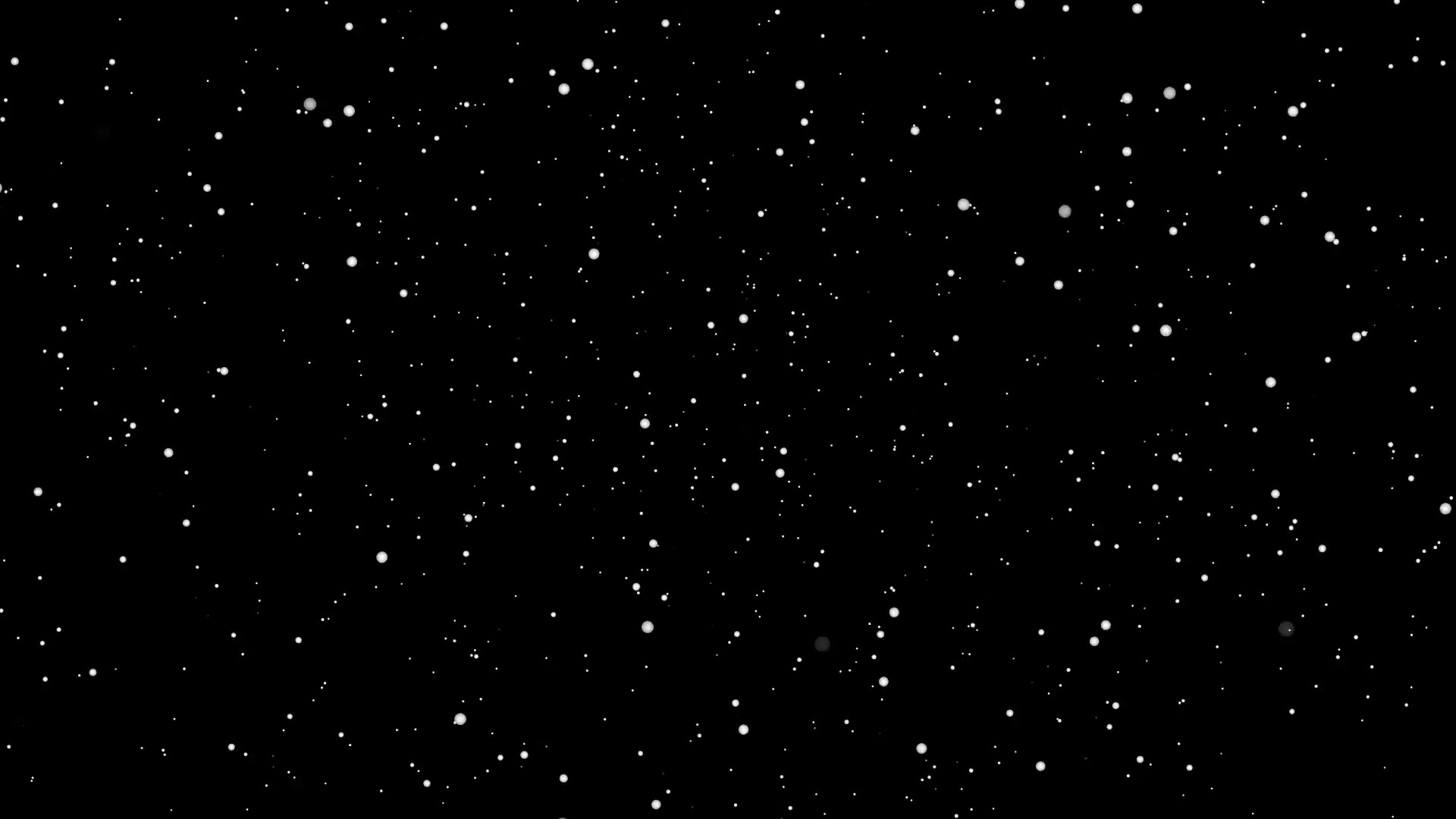

However, when you try and compare events from one frame to another with the limits our frame imposes you find that while event rates in hyperspace yield a superluminal path that path in relation to our frame moves into the future. The biggest difference with adding in extra dimensional hyperspace is that the cone spreads out and shortens in height for the hyperspace frame almost becoming an instanton where far larger distances are encompassed in relation to our normal space-time frame. (The point in the lower left of the picture below represents the star, the origin represents the observer, and the line represents the null geodesic "line of sight".) The cone in the − t region is the information that the point is 'receiving', while the cone in the + t section is the information that the point is 'sending'. For this reason the null dual cone is also known as the 'light cone'. Meters away and d/ c seconds in the past. That is, when we look at the stars and say "The light from that star which I am receiving is X years old.", we are looking down this line of sight: a null geodesic. This null dual-cone represents the "line of sight" of a point in space. If we extend this to three spatial dimensions, the null geodesics are continuous concentric spheres, with radius = distance = c Which is the equation of a circle with r = c dt. We see that the null geodesics lie along a dual-cone: defined by the equation If we reduce the spatial dimensions to 2, so that we can represent the physics in a 3-D space, it may simplify equations), in which case t in the above equation is replaced by i.t', and the metric becomesĭs^2 = dx_1^2 + dx_2^2 + dx_3^2 + c^2(dt')^2.\, In many situations it may be convenient to treat time as imaginary (e.g. In the geometry of special relativity, a fourth dimension, time, is added, with units of c, so that the equation for the differential of distance becomes:ĭs^2 = dx_1^2 + dx_2^2 + dx_3^2 - c^2\, dt^2. The differential of distance ( ds) in Cartesian 3D space is defined as:Īre the differentials of the three spatial dimensions. This space, however, is very similar to the standard 3-dimensional Euclidean space, and fortunately by that fact, very easy to work with. The geometry of space-time in special relativity with hyperspace added in SR uses a 'flat' 4-dimensional Minkowski space, usually referred to as space-time. The theory consists of the idea that our own universe is connected to other universes through wormholes, and all of the universes are found within "hyperspace". In physics, hyperspace is a theoretical entity. For an account of the concept of "hyperspace" used in science fiction, largely unrelated to the topic of this article, see hyperspace (science fiction).


 0 kommentar(er)
0 kommentar(er)
